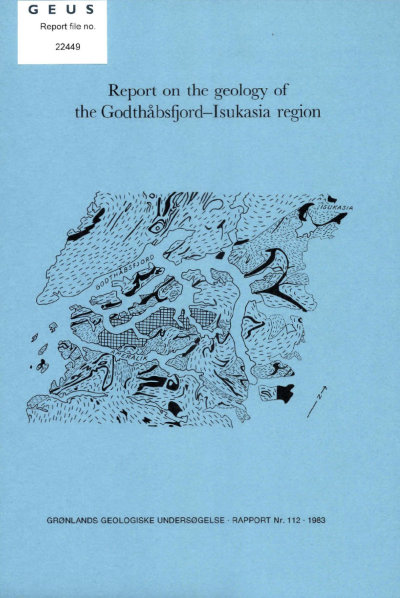Fe-Ti oxides in the Malene supracrustals and the occurrence of Nb-rich rutile
DOI:
https://doi.org/10.34194/rapggu.v112.7815Abstract
Data are presented on Fe-Ti oxide compositions and assemblages in Malene supracrustal rocks from the Godthåb District and surrounding territory, West Greenland. Amphibolite facies samples contain ilmenite ± rutile, in which the ilmenite has a low Fe2O3-content ( <6 mole %). Granulite facies samples contain ilmenite ± rutile, and ilmenite ± magnetite ± hematite, in which the Fe2O3-content of ilmenite ranges to ~ 15 mole %. In all cases, ilmenite contains only small quantities of MgO and MnO, and magnetite is virtually pure Fe3O4. The above observations suggest that granulite facies samples are more oxidized than amphibolite facies ones, contrary to expectation. Possibie causes include (1) re-equilibration during retrograde metamorphism, or (2) H2O-dissociation to H2 and O2 with subsequent loss of hydrogen producing a more oxidizing local environment during prograde metamorphism. In amphibolite facies 'cordierite anthophyllite rocks' (CAR), Fe-Ti oxide assemblages are related systematically to silicate mineralogy: rutile occurs in Mg-rich samples, and ilmenite is found in Fe-rich ones, with ilmenite ± rutile present in samples with intermediate Fe/Mg. Rutile is modally abundant (up to ~ 3 vol %), and contains high Nb2O5 (up to ~ 6 wt %), which suggests an absolute Nb-enrichment in CAR by a mechanism not well understood.
Downloads
Published
Issue
Section
License
This article is distributed under a CC-BY 4.0 licence, permitting free redistribution and reproduction for any purpose, even commercial, provided proper citation of the original work. Author(s) retain copyright over the article contents.


